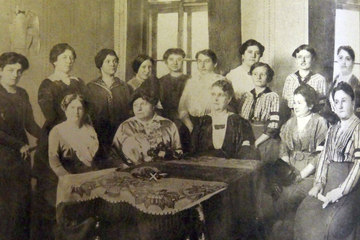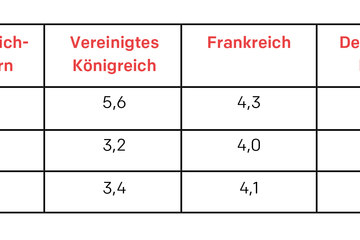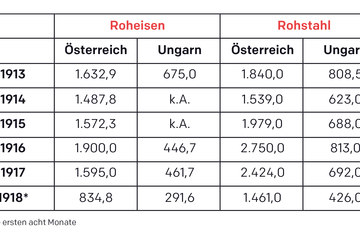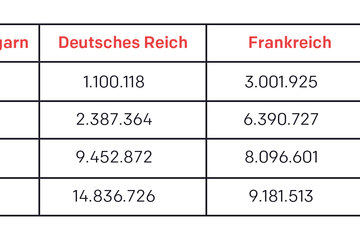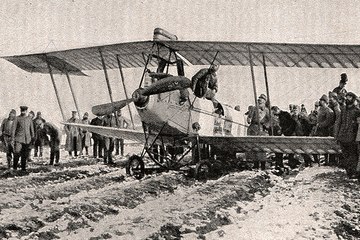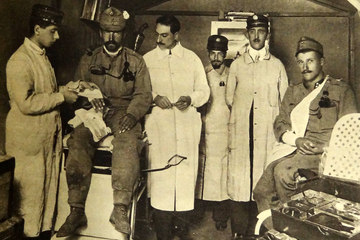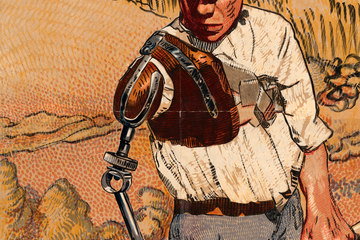“Approvisionierung”
Provisioning with food and energy, the so-called “Approvisionierung”, was the Achilles heel of the city in the dramatic years 1914 to 1918. Vienna was condemned to suffer hunger and cold. The picture of hundreds of thousands queuing became the symbol of the age.


